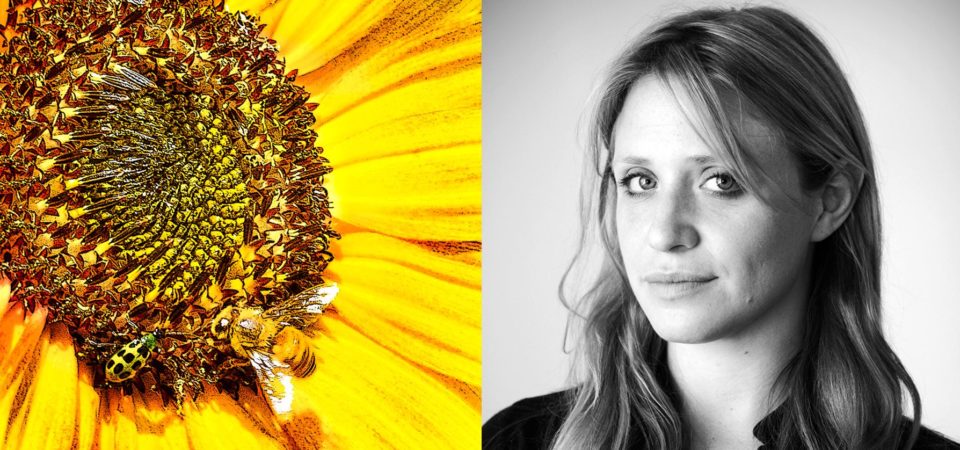Geoffrey Holland – How did you find your way into investigative photo-journalism?
Katie Orlinsky – I started out pretty young as an activist taking pictures at protests. It became clear to me that photography was something that I was drawn to, and that I had an eye for. I felt like, by the stories that I chose to cover as a photojournalist, that could be my form of activism. I wasn’t drawn to or skilled at the organizing part. I’m not really an inside person, I’ll get easily distracted. I prefer being out in the world and in the midst of things. So I thought by choosing to document and share stories about things that I felt mattered and weren’t getting enough attention, I could raise awareness and that could be my form of activism.
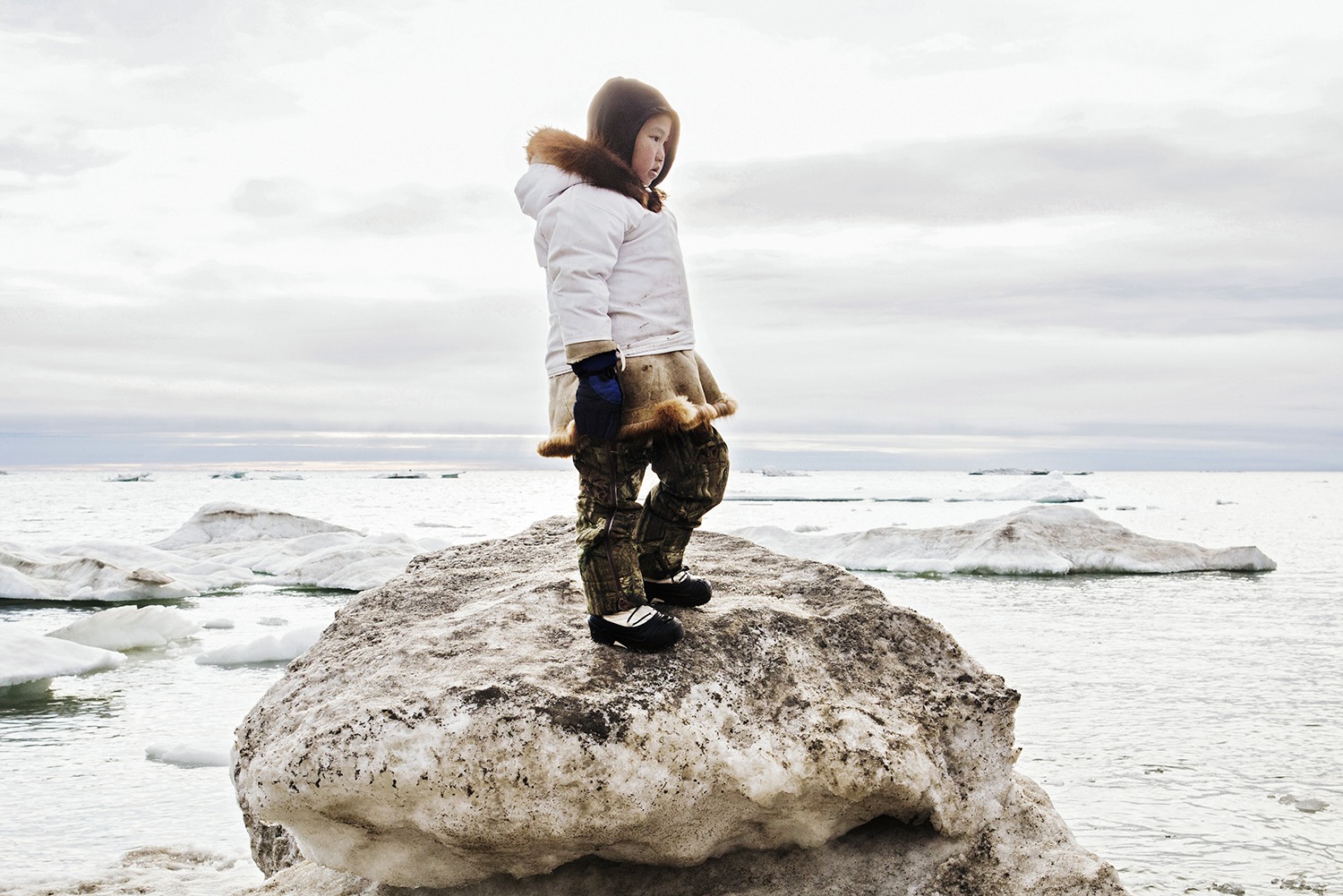
GH – Why have you focused much of your attention on the plight of the Arctic?
KO – Well, it was kind of a chance assignment that brought me to the Arctic. At that point, I had been covering social issues and conflicts, working mostly in Latin America. I cared about climate change in a kind of abstract way, as any good planetary person might, but it wasn’t something that I had any personal experience with. And I’ve always lived the city lifestyle. I was born and raised in New York City. Then I had this chance to photograph a 1,000-mile dog sled race, called the Yukon Quest…It goes from White Horse, Canada, to Fairbanks, Alaska. And, I was blown away. I was amazed by just how incredibly beautiful the Arctic was; how vast it was…how small it made me feel. It definitely opened my eyes up to the natural world… And then seeing the effects of climate change firsthand was really profound. How you could even see the impact of climate change on something as traditional as a dog sled race… how climate impacts rivers that used to be frozen in winter, and are now no longer frozen. That is dangerous for the sled racers, but it’s also a serious threat to people living and hunting in rural and indigenous communities. Or the way that the mushers have to store dog food throughout the winter. Traditionally, they’ve done it in cellars dug into the permafrost. Now with climate change and their melting, they can’t do that. This is a serious issue also affecting subsistence hunting communities across the Arctic. It made me see the big picture and want to return there and tell those stories, see them firsthand and share them with people like me who had no idea. Because, although we’re seeing these massive climate-caused floods, fires, and extreme weather happening all over the planet, a lot of people still don’t get the connection. They don’t feel the impact on daily life just yet. So, I focus on telling those stories. I want people not living up north to see how climate change is a massive threat to the everyday existence of people in the North.
GH – Why is climate change impacting the Earth’s poles more than other regions?
KO – I am not a scientist, just a disclaimer… so the Arctic amplification issue is mostly related to ice and to what’s frozen. For so long, the sun and the sun’s radiant energy would reflect off the ice. Now, the heat is getting trapped in the atmosphere making it warmer, and the sea ice is melting, and the heat gets absorbed into the ocean. It’s sort of a feedback loop. The warmer it gets, the more ice melts, the more heat gets absorbed. It’s happening on both poles. There’ are other things that involve weather patterns where what happens in one part of the world impacts other parts of the world. Sea ice is probably the biggest problem we’re dealing with right now. And then floods cause more permafrost thaw; permafrost thaw releases more CO2 and methane, which further heats up the air, which further melts the sea ice. It’s debatable whether or not we’re nearing a methane ‘feedback’ tipping point, but if we aren’t already there, we could be very close.
GH – What are the ways atmospheric warming affects the biology of the Earth’s polar regions?
KO – It’s huge; it’s changing the ecology, it’s changing the seasons. It’s changing so much. Climate change and warming weather are eroding coastlines, melting permafrost, creating floods in indigenous communities, damaging infrastructure, and forcing some villages like Newtok to completely relocate. It also affects their subsistence hunting, which is done not only for nutrition but is a huge part of their culture and spirituality. The terrain is not only difficult and dangerous to navigate, but now the animals are behaving differently. For example, one time I followed hunters from Kotzebue, Alaska during seal hunting season, but there were absolutely no seals in sight. Instead, there were thousands of walrus in an area where they had never seen them before. These climate changes are impacting every different animal species, both herbivores, and carnivores. Polar bears hunt seals on the ice, but the ice is no longer there. If the bears can’t get out on the ice, they can’t hunt. Many are starving.
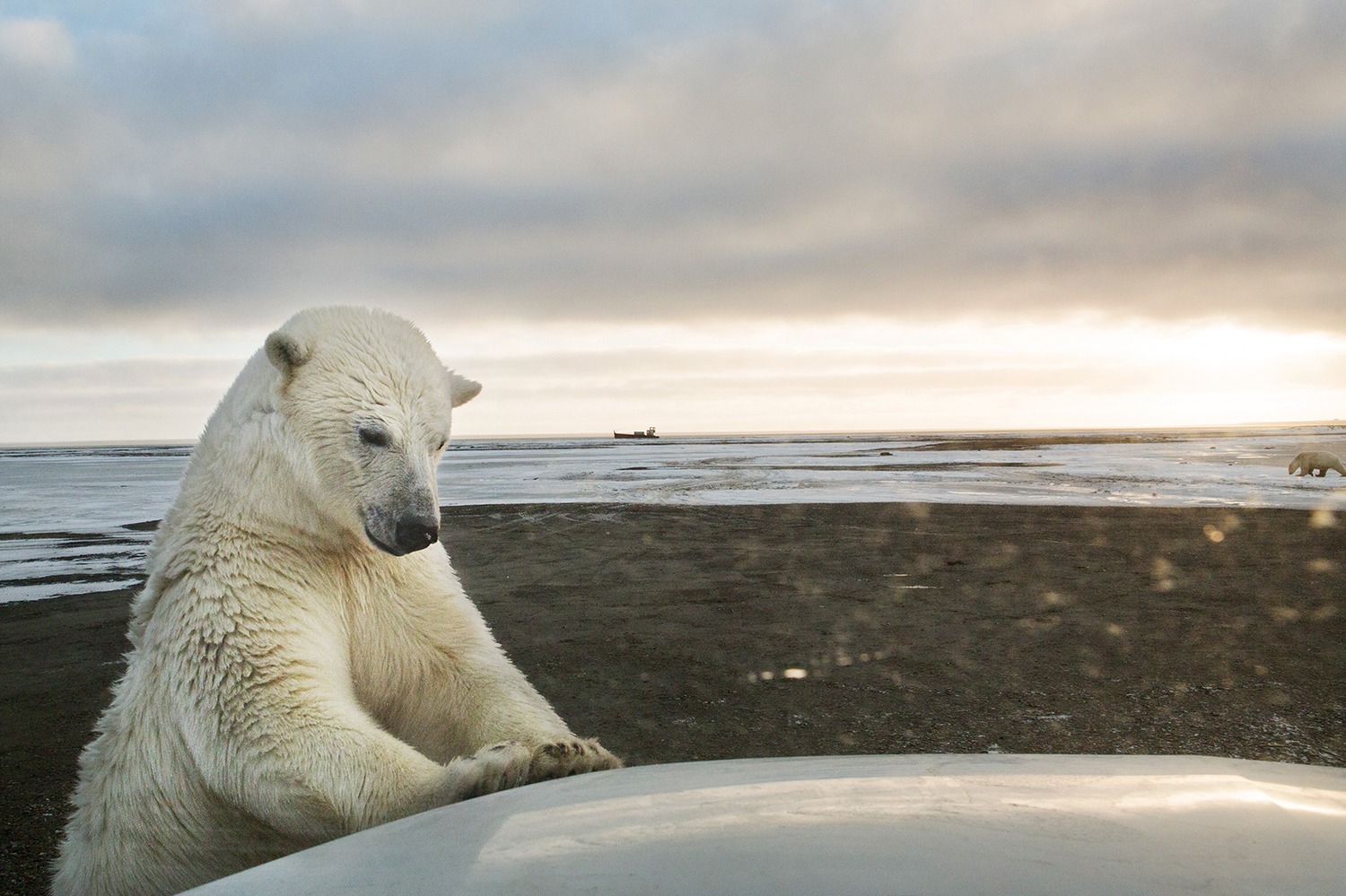
GH – The polar bear, the Arctic’s iconic apex predator, is in serious danger of going extinct before the end of the century. Why is that happening, and what can be done about it?
KO – There are so many ways that climate change, warming, weather, and sea ice melt are affecting all animals of the Arctic. The polar bear is iconic. It’s emblematic of what is happening to the ecology of the Arctic. Polar bears hibernate for much of the year. When they emerge from hibernation, they have a few months to hunt and find prey and fatten up to survive the next hibernation. They depend on sea ice to give them access to seals, which are a main part of the polar bear diet. Polar bears are starving because the way they normally would hunt is gone. After all, the sea ice is gone. Another factor is the increase in bears prowling the land to hunt, looking for another way to find food, and interacting more with humans. This is incredibly dangerous to both humans and bears. These are towns with people with kids, and you can’t have kids playing in the playground and polar bears wandering around town, so sometimes they’ll get shot. So, polar bears are in big trouble because the ice is gone and the fact that they can’t hunt their food anymore because the Arctic ecosystem has been massively impacted by human-caused climate change. The Arctic’s indigenous cultures and these wild animal populations have been living together for many thousands of years, but now so much of how they do or don’t interact with each other is different and unpredictable.
GH – How is anthropogenic climate change impacting the indigenous peoples that have traditionally called the Arctic home?
KO – You know, it’s such a tragedy that places where people have the closest relationship with the land, where they’ve been stewards of the land, are the places that are being the most impacted. Corporations and governments are causing the problem. That’s the reality. Indigenous communities – my experience is with those in the Arctic – have a deep relationship with their land and with the wild animals that live there. They nurture and sustain each other. The animals feed the people, the people protect the animals and environment. That’s all disappearing because of humans in other parts of the world burning coal, oil, and natural gas. We live together on the same planet. Everything is connected. So, in the polar regions, where climate change is having the greatest impact, the indigenous people living there are impacted disproportionately. It doesn’t matter that they caused so little of the climate problem. As I mentioned, because of sea ice melt, or the permafrost thaw, just getting to where people can hunt, getting to where the animals are, has become very difficult. The animal migration patterns are changing because the weather patterns are changing. For thousands of years, the native people in the Arctic could depend on their own and their ancestors’ knowledge of nature for survival. Now, nature has been disrupted, and it isn’t always there for them. Although I have to say, I’m very impressed with so many indigenous communities’ resilience and ingenuity in the face of these challenges. They are intimately connected to nature and have so much knowledge and experience, and are always coming up with interesting solutions. I have seen some quite hopeful examples. I did a story about a community where the caribou population was shrinking. So, the community decided to outlaw hunting, and now they’re the ones doing the science about it. So, they’re still maintaining their relationship with the caribou by going out and researching and counting. The people choosing to be stewards of their environment is nothing new. But now, because of forces that are beyond their control, it’s more important than ever. And hopefully, eventually, the caribou will come back, and hunting will too. It’s also better for the environment for indigenous people to be hunting locally than to be dependent on frozen chicken transported 3000 miles just to get them.
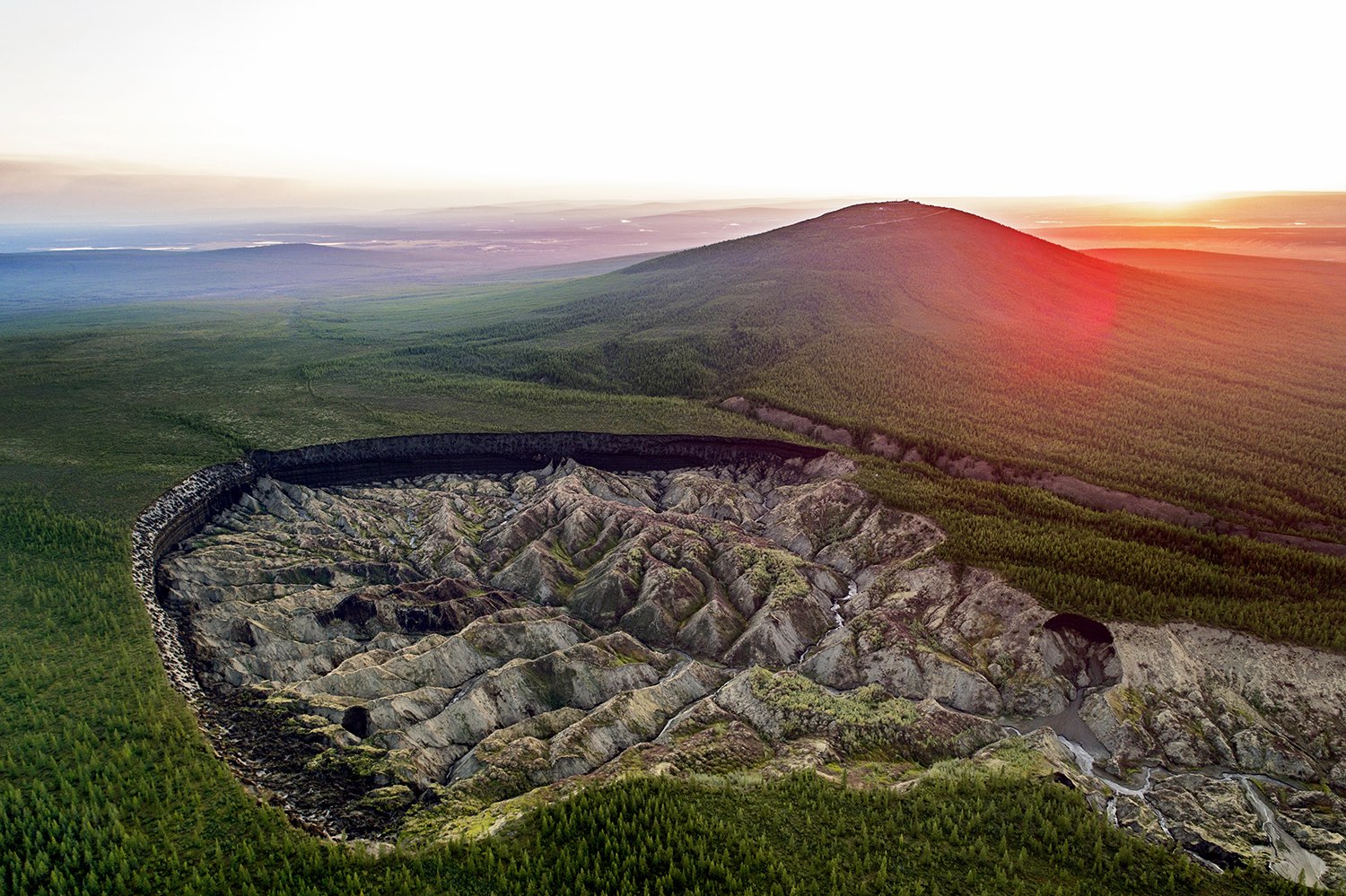
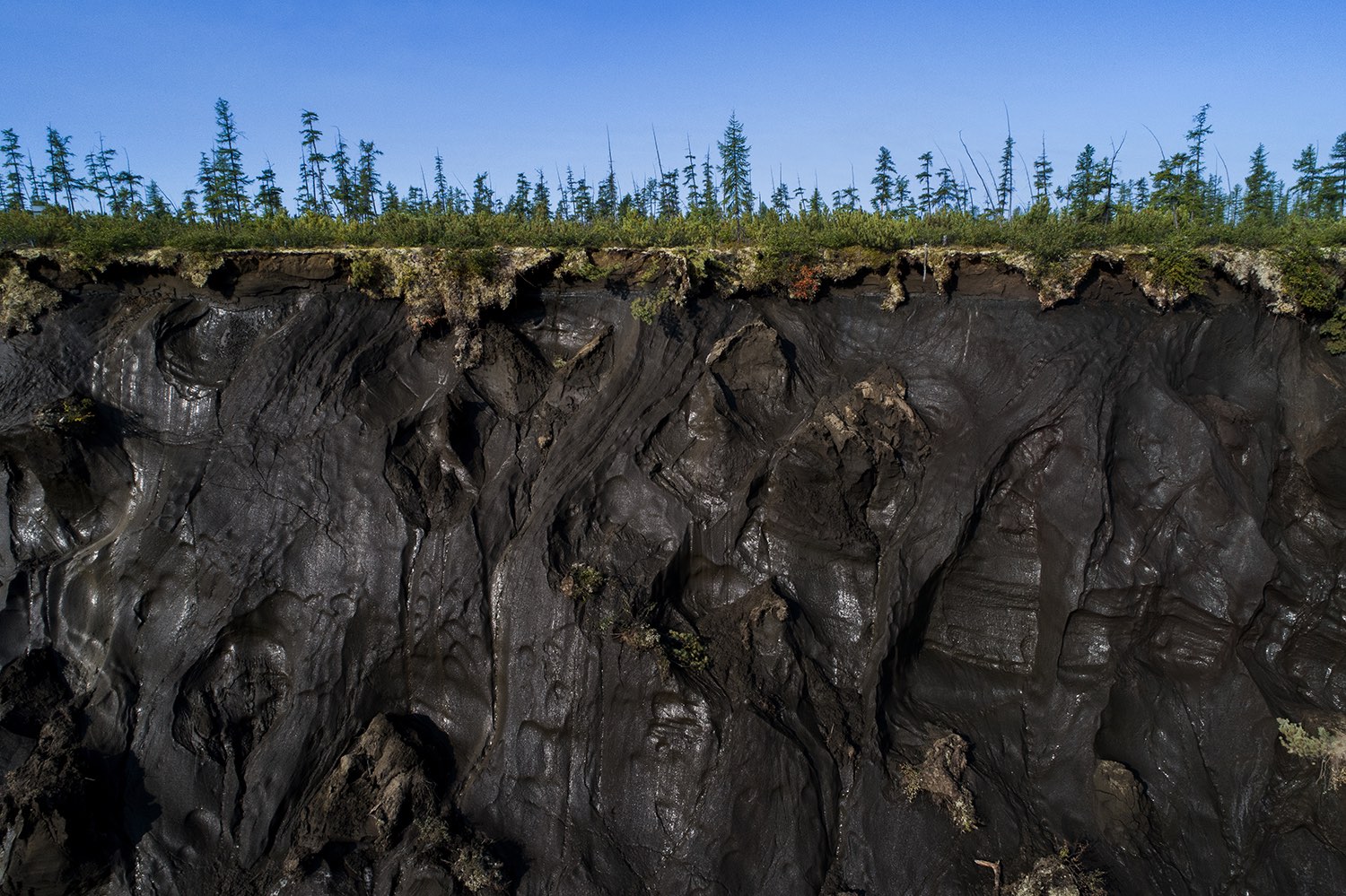
GH – You have seen ample evidence in the Arctic of melting permafrost that is flooding the atmosphere with methane. Why is methane a grave threat to life on Earth?
KO – To start, methane is something like 86 times* more potent than carbon dioxide as a greenhouse gas. The human consumption of hydrocarbon fossil fuels like coal, oil, and natural gas is directly linked to climate change and all the trouble that goes with it. At the poles, the atmosphere is warming faster than in any other place on Earth. You’ve got the ice caps melting. The thing about melting permafrost is that it massively increases the amount of heat-trapping hydrocarbons that are venting into the atmosphere. There are trillions of tons of methane trapped in the permafrost and shallow ocean floor sediments. That stuff is flooding into the atmosphere … the only atmosphere we have. The consequences are on a scale never seen before on Earth. Think about it. Sea levels are rising all over the planet. We’re talking one to potentially as much as six feet in sea-level rise. The world’s coastal cities could all end up underwater. The methane melt just massively increases the chance of the worst happening…
GH – If methane is such a threat, why isn’t it on the public radar?
KO – You know, it’s like everybody wants to shift the blame. The fact is it’s all of us. It’s how we live. It’s a disgrace that methane isn’t even on the public radar. You just have to look at the people that are in power. The politicians and big business. The powers that are in denial. They’re wedded to their profits, and that’s all they choose to see. And they own so much of the media. When they decide to care and support reporting on the truth with the urgency it deserves, society can take action really quickly. We just saw how fast governments can enact sweeping changes in the face of the pandemic. So, it is possible to correct the course. But why are folks not paying attention? It’s because of money and the destructive, consumptive nature of capitalism. Taking more and building and growing more is just what our entire society is focused on. That has to change. And the party needs to be over for greed and self-interest.
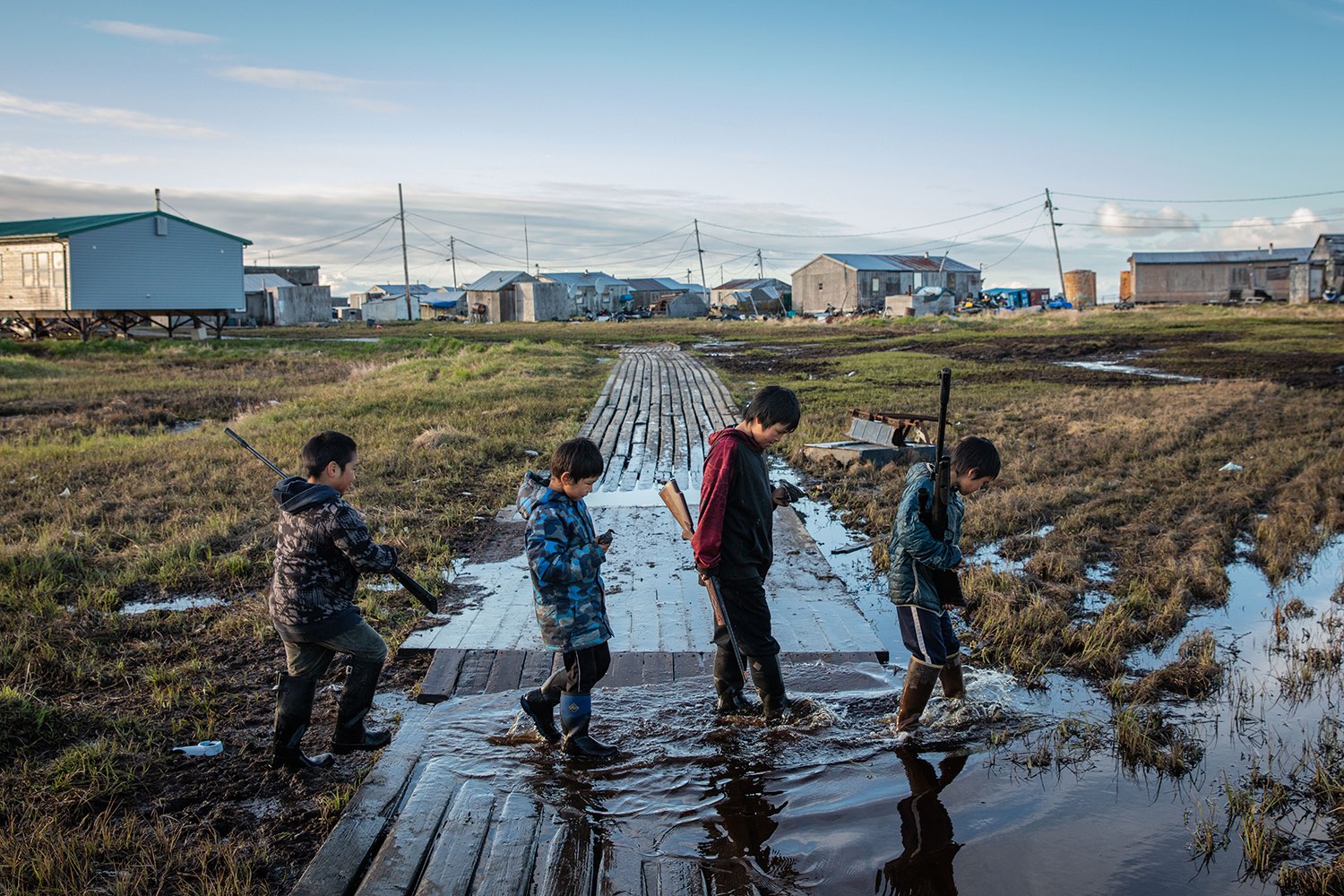
GH – How do overfishing and oil drilling make the biological risks to the Earth’s polar regions even more severe?
KO – Reports suggest by 2050, there may be more human plastic waste in the ocean than fish. It’s just disgraceful that we’re letting that happen. Commercial fishing is like strip mining. It’s sucking the life from the oceans. The large fish are already pretty much gone. Drilling for oil leads to spills that, particularly in the Arctic, can have a catastrophic impact on ocean ecology. Humans have functioned for the longest time as if we can exploit, do whatever we want to our oceans, to our environment, without consequence. We have to change our ways. We are not above and superior to nature, we are a part of nature. Humans have an obligation to protect the living systems that we all depend on for survival.
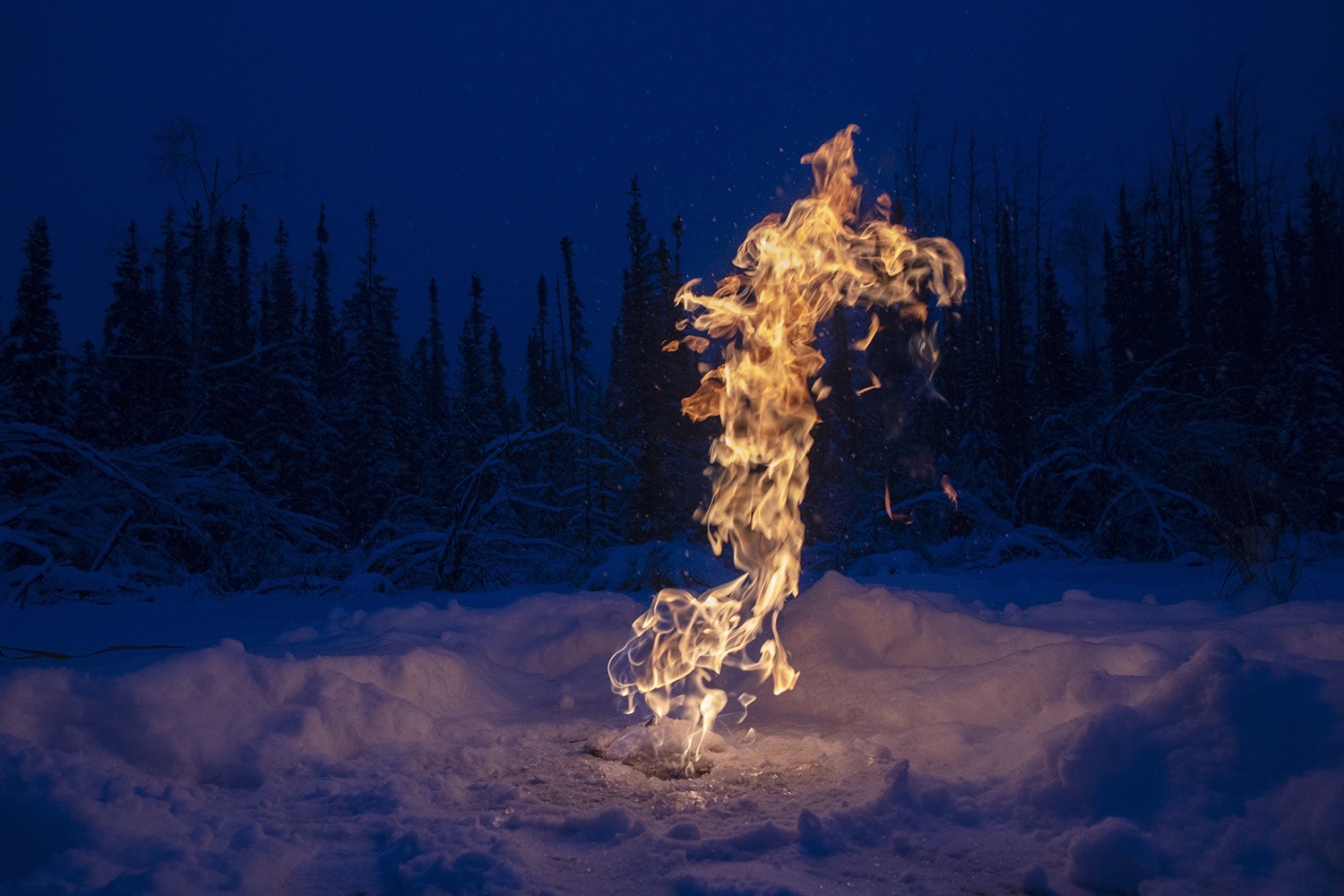
GH – You have seen the impact of human overreach, and how it affects the Arctic. What do you say to other people about our common obligation to mend our dysfunctional ways before it’s too late?
KO – What really matters right now is big, sweeping political change, and economic change. Raising awareness isn’t enough. The actual things that need to change are with the big political players and big corporations. So, it’s about building a massive constituency of individuals, all going in the same nature-friendly direction. It’s about not letting fossil fuel corporations off the hook. We need new leaders at the highest levels. We need more women in power. Younger people see the possibility of different futures and are open-minded about changes. When you have your whole life ahead of you, you can’t allow the old political order to block the kind of fundamental change that is needed.
*Editor’s note: over 20 years
Katie Orlinsky has traveled the world as a photo-journalist on assignment for National Geographic, The New York Times, the Wall Street Journal, and Smithsonian. For the past six years, she has frequently worked in the Arctic documenting the impact of climate change on nature and people.
The MAHB Blog is a venture of the Millennium Alliance for Humanity and the Biosphere. Questions should be directed to joan@mahbonline.org
The views and opinions expressed through the MAHB Website are those of the contributing authors and do not necessarily reflect an official position of the MAHB. The MAHB aims to share a range of perspectives and welcomes the discussions that they prompt.
